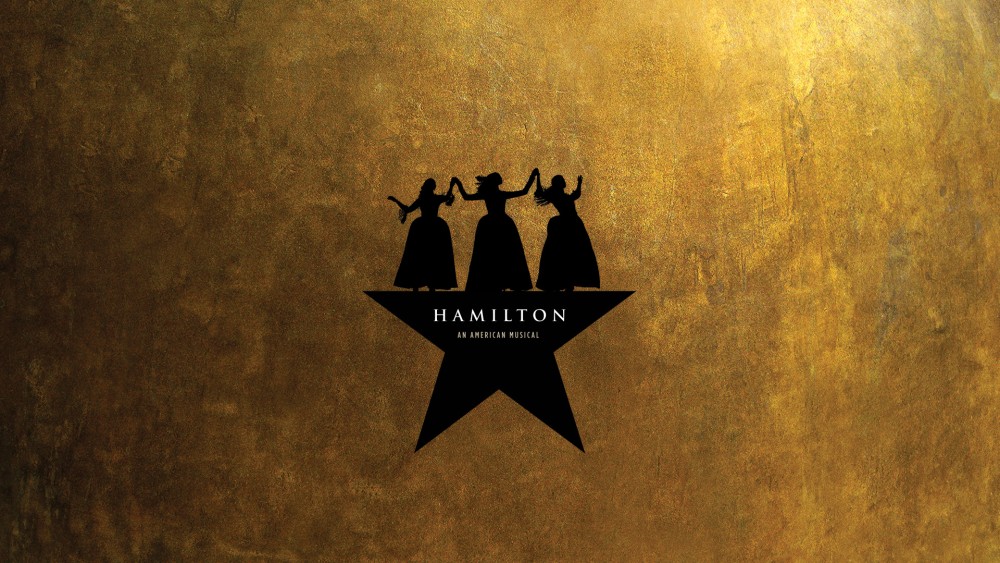Hamilton is so much bigger than Hamilton
Being in the audience felt like a communal experience, almost a liturgical one.

Hamilton, the musical that has been selling out on Broadway since 2015, finally came to Chicago. I admit it—I’m not used to waiting for my entertainment. When I can stream any entertainment at any time, day or night, the inaccessibility of this hugely popular show is a not entirely welcome phenomenon. When tickets finally went on sale, I bought mine right away.
As Hamilton’s many fans know, the show deploys people of color to portray white characters from American history, such as George Washington and Thomas Jefferson. The musical is infused with rap and hip-hop—musical forms created by people of color. The America of playwright Lin-Manuel Miranda’s show is a land of opportunity where anyone can grow up to be “a hero and a scholar”—even a “bastard, orphan, son of a whore and a / Scotsman, dropped in the middle of a forgotten / Spot in the Caribbean by providence, impoverished, in squalor.” This is the America where immigrants “get the job done,” where determined and talented individuals pull themselves up and change history.
Hamilton keeps this American orthodoxy intact even as it proceeds to poke holes in it. The show gently but persistently refuses to drop women and slaves out of American history, instead representing their challenges honestly and reinterpreting traditional understandings. A charming video on YouTube shows Miranda performing an early version of Hamilton’s opening song at the Obama White House. He tells that the audience that he’s writing about Alexander Hamilton, a person who “embodied hip-hop.” His audience laughs at the incongruity, but the success of the musical is due to the power of what he envisioned.




